Training for high-altitude mountaineering involves a combination of cardiovascular fitness, strength training, acclimatization, and specific skills related to mountaineering. Here are some general guidelines:
1. Cardiovascular Fitness
- Focus on aerobic exercises such as running, cycling, swimming, and hiking to build cardiovascular endurance.
- Include interval training to simulate the variable intensity of mountain terrain.
- Aim for long-duration workouts to build stamina.
2. Strength Training
- Develop overall strength, with a focus on the lower body (legs) and core muscles.
- Include exercises like squats, lunges, step-ups, and core workouts.
- Incorporate functional movements that mimic the demands of mountaineering.
3. Altitude Training
- Gradual acclimatization is crucial for high-altitude climbs. Spend time at higher elevations to allow your body to adjust.
- If possible, plan pre-expedition trips to gradually increase your exposure to higher altitudes.
- Consider using altitude simulation devices or hypoxic tents for simulated altitude training.
4. Specific Skill Training
- Learn and practice mountaineering skills such as rope work, ice and rock climbing, and crevasse rescue.
- Familiarize yourself with the use of specialized gear, including crampons, ice axes, and harnesses.
5. Load Carrying
- Practice carrying a backpack with the gear you'll need during your climb to simulate the conditions you'll face.
- Gradually increase the weight to build strength and endurance.
6. Nutrition and Hydration
- Pay attention to your nutrition, ensuring you have a well-balanced diet with adequate protein, carbohydrates, and fats.
- Stay well-hydrated, as dehydration can exacerbate the effects of altitude.
7. Mental Preparation
- Develop mental resilience as mountaineering can be physically and mentally challenging.
- Practice stress management techniques, visualization, and mental focus.
8. Medical Check-up
- Before embarking on a high-altitude expedition, undergo a thorough medical examination to ensure you are physically fit for the challenges.
9. Progressive Training
- Gradually increase the intensity and duration of your workouts to avoid overtraining and reduce the risk of injury.
10. Rest and Recovery
- Include adequate rest days in your training schedule to allow your body to recover and adapt.
Always consult with a healthcare professional or a certified trainer before starting any high-altitude training program, especially if you have pre-existing medical conditions. Additionally, seek guidance from experienced mountaineers or hire a certified guide for personalized advice based on your specific goals and the requirements of your planned ascent.



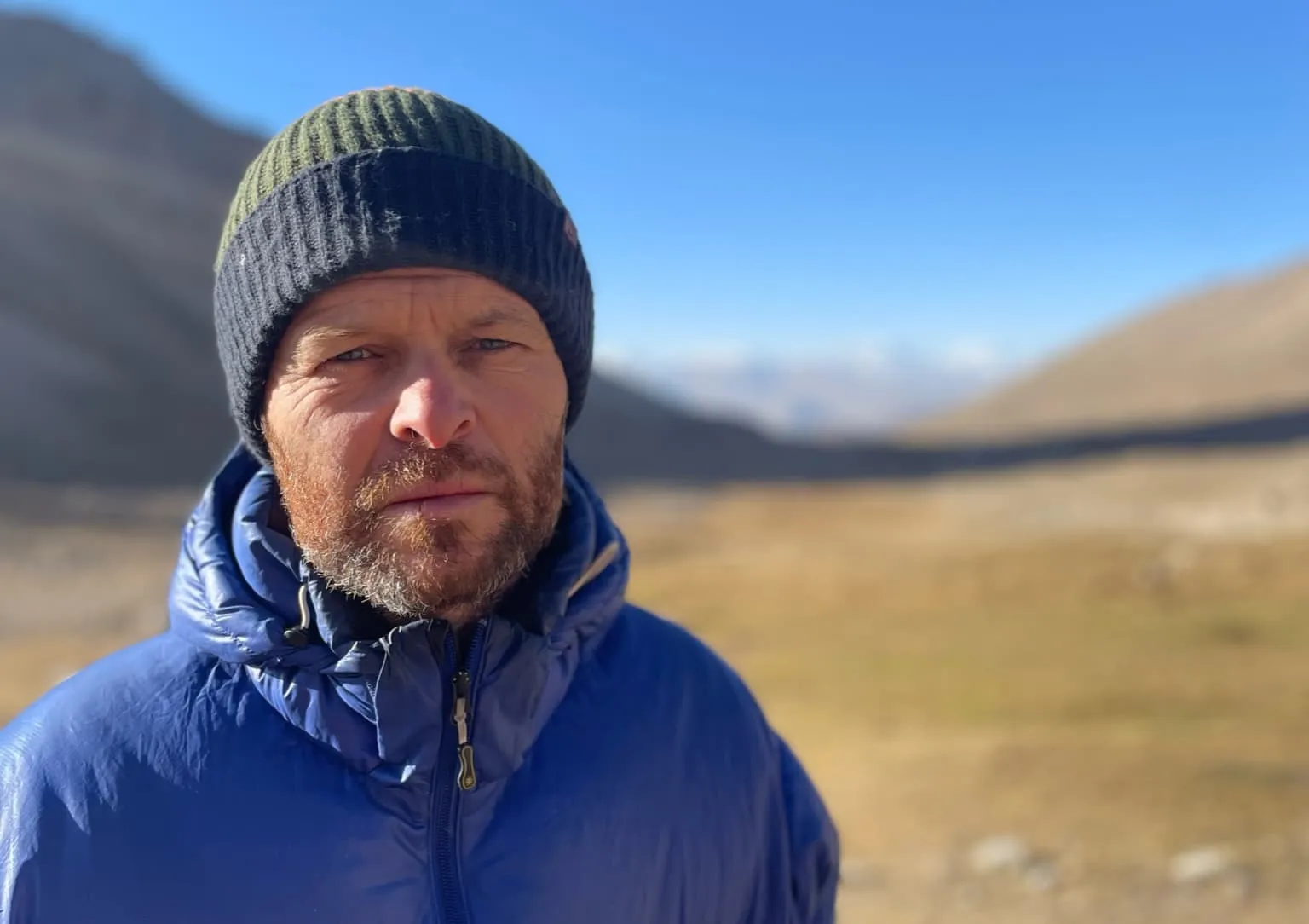
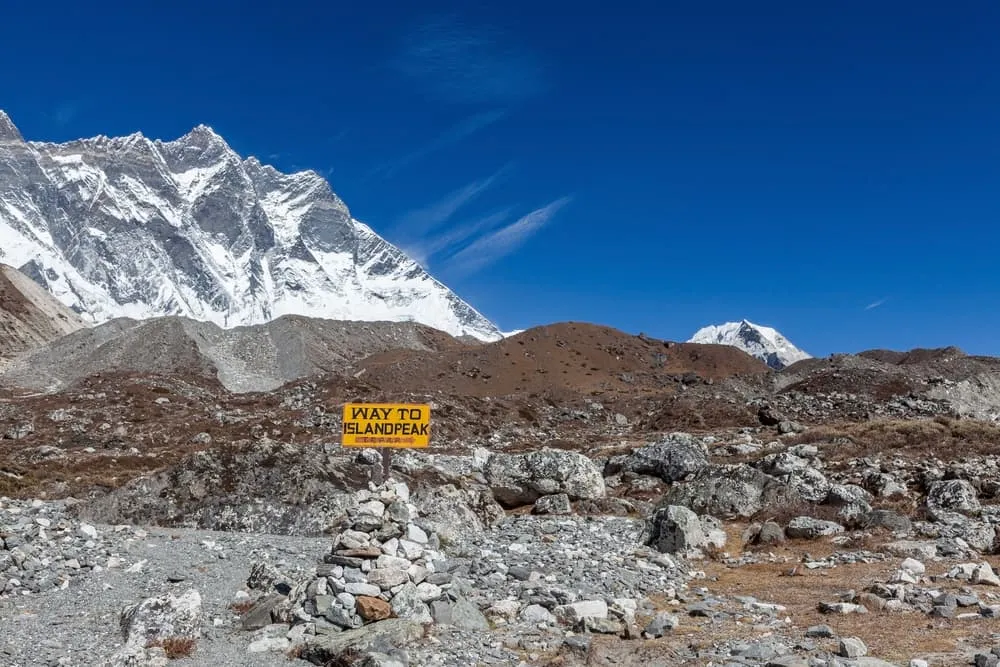
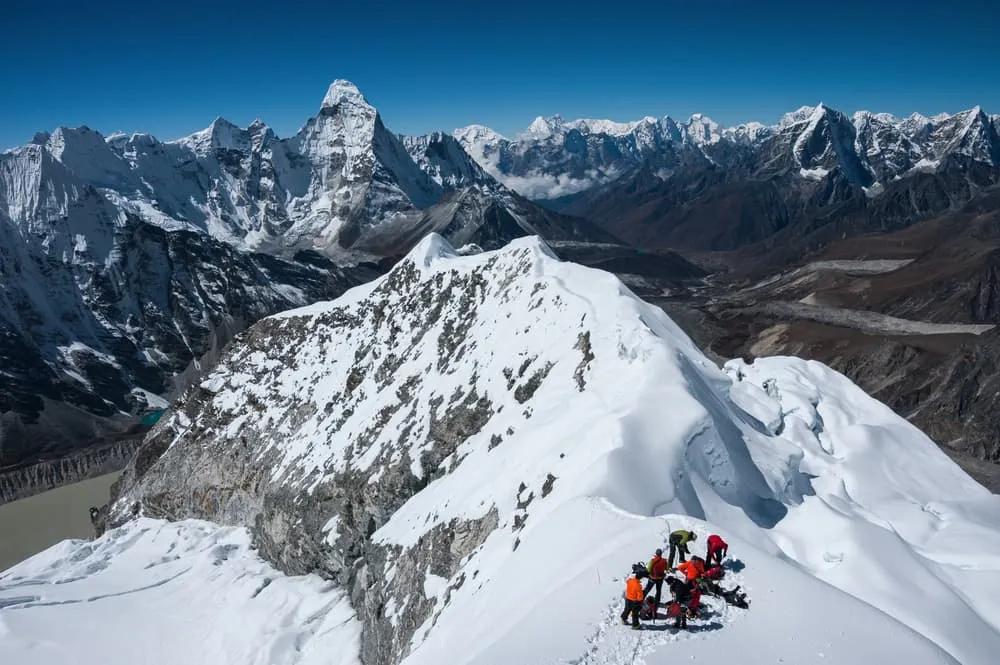
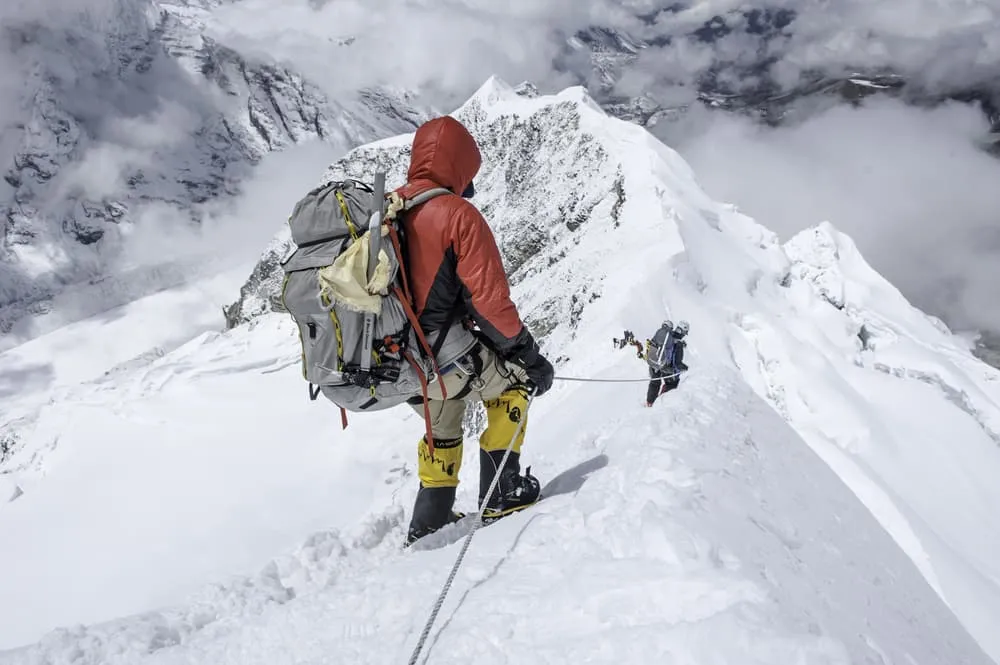
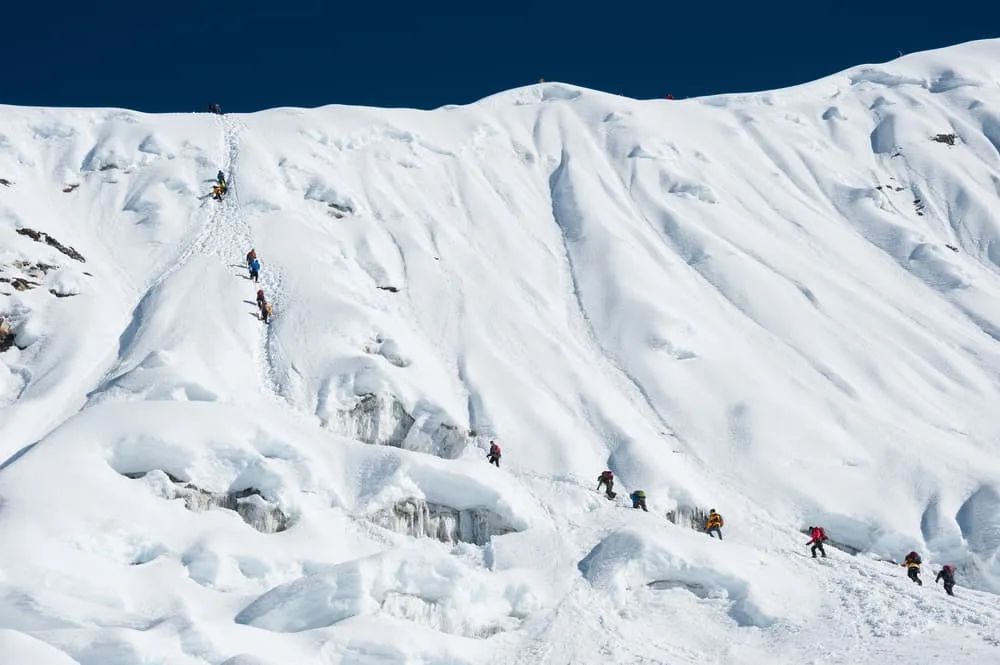
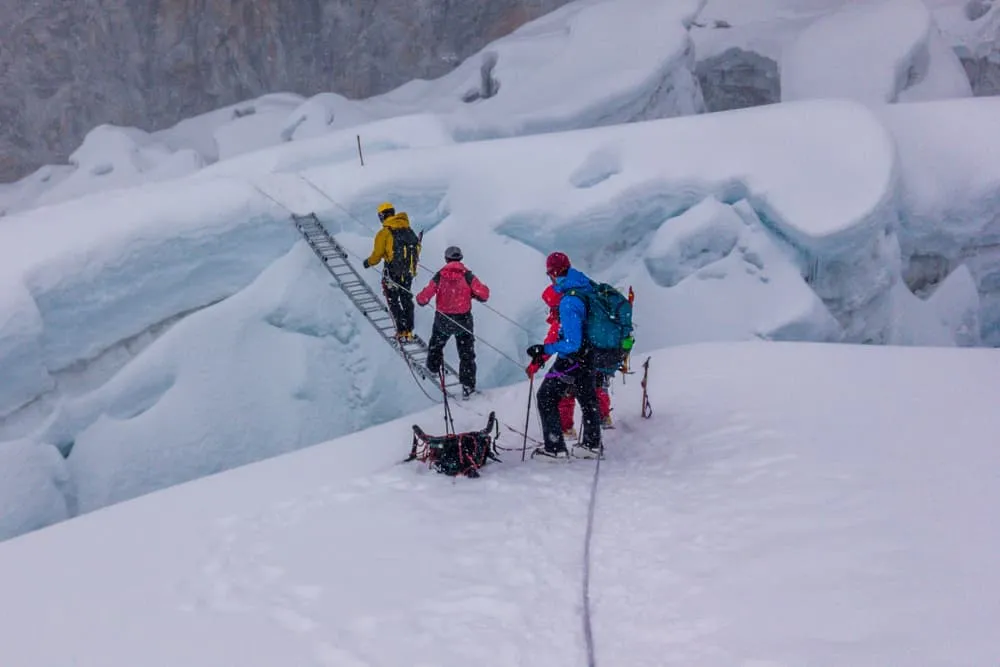


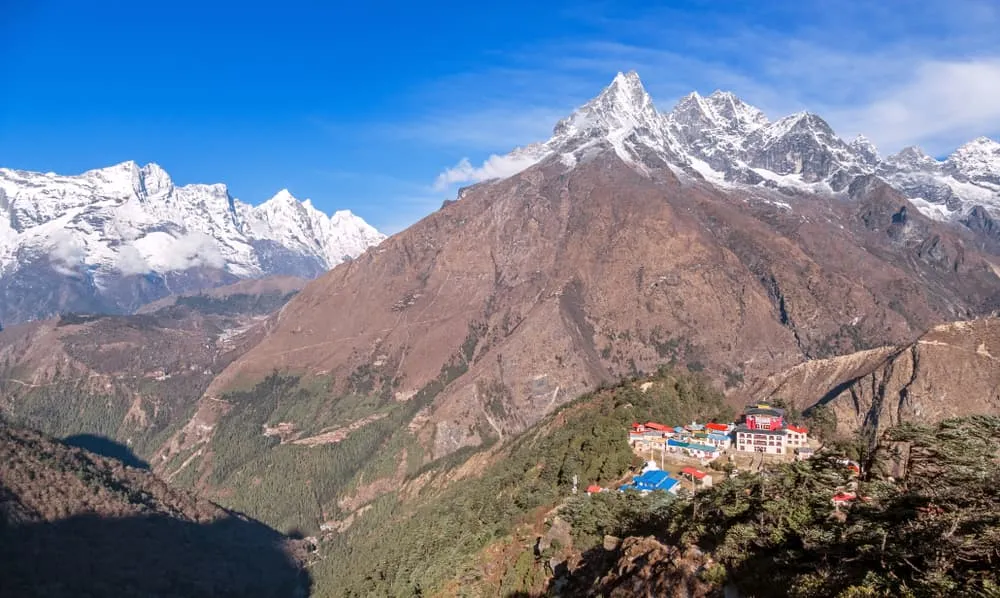
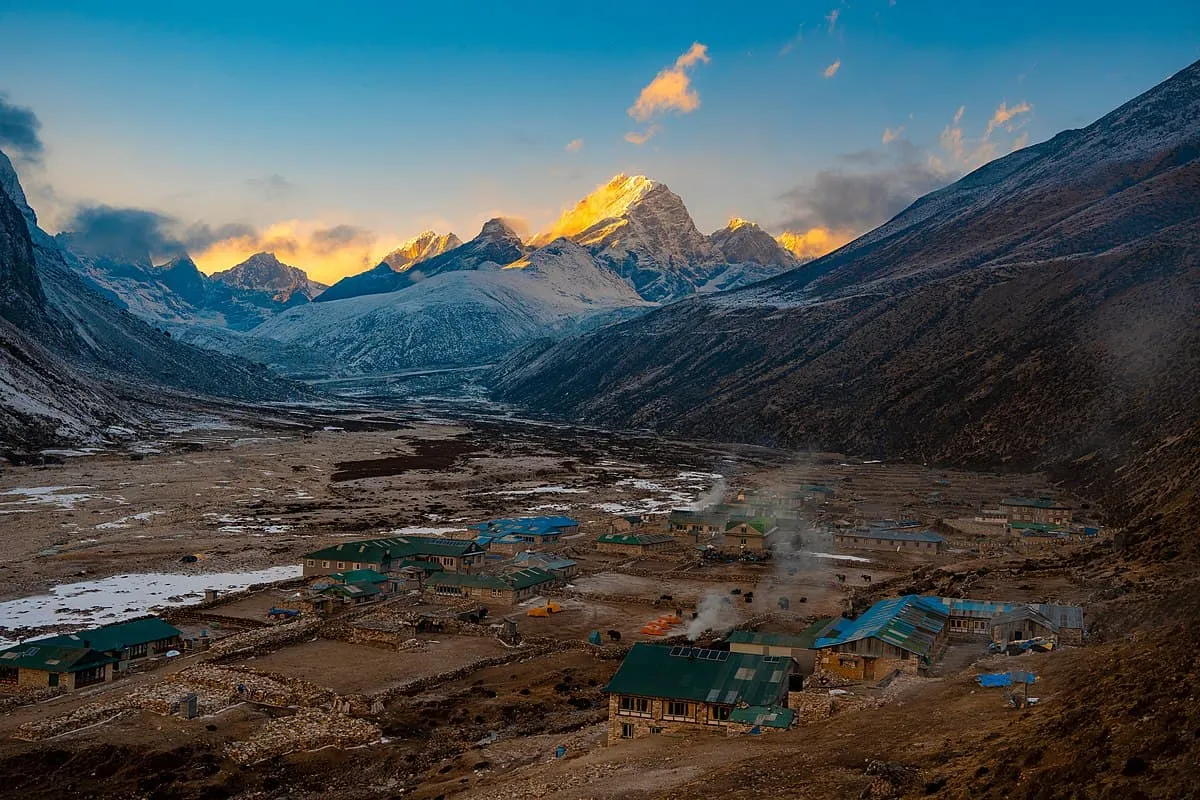
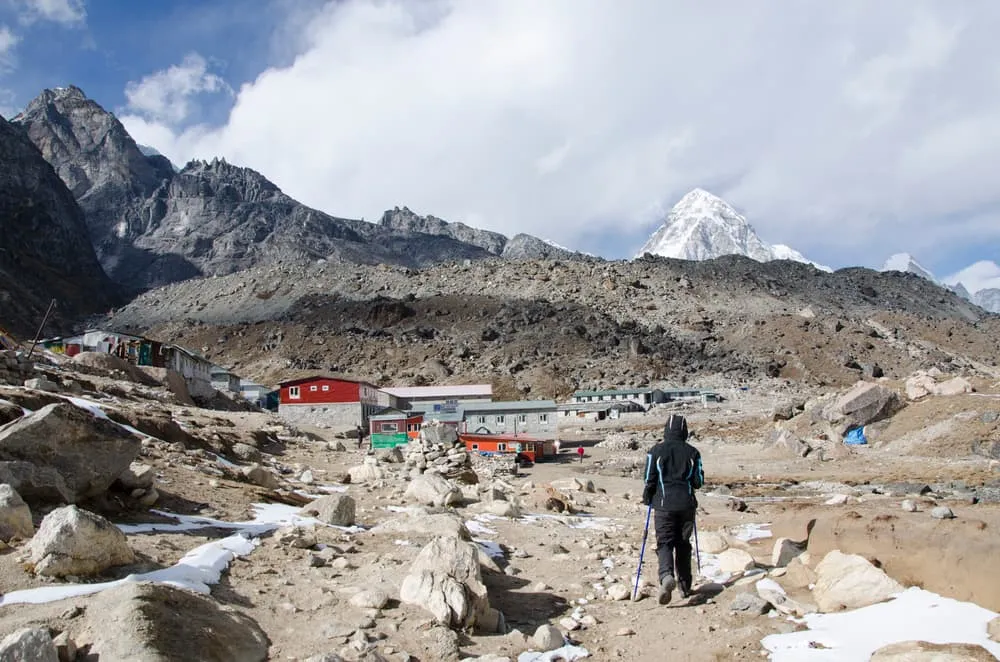
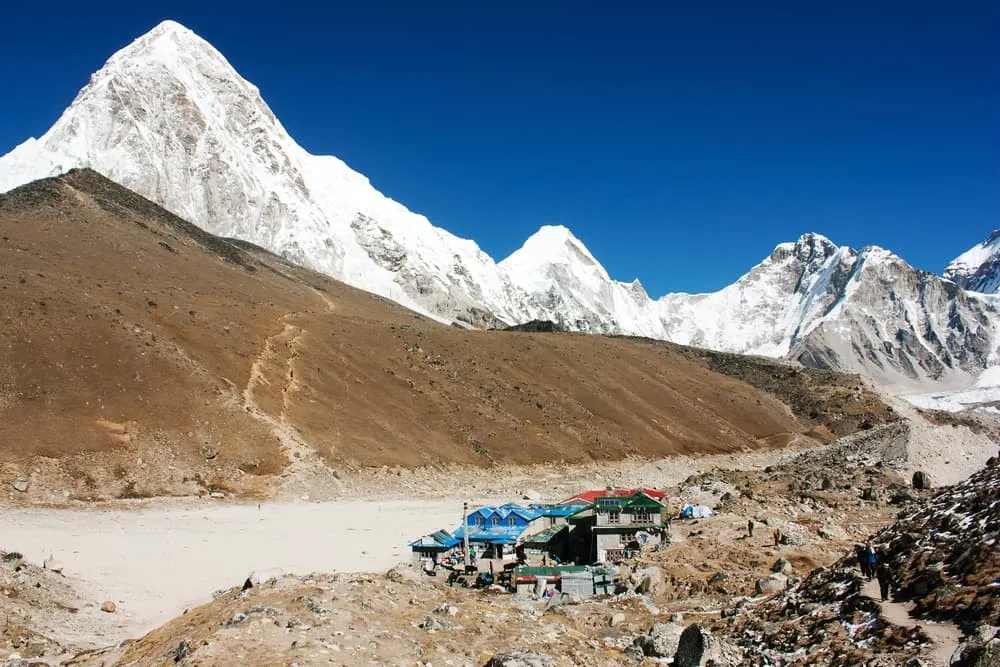
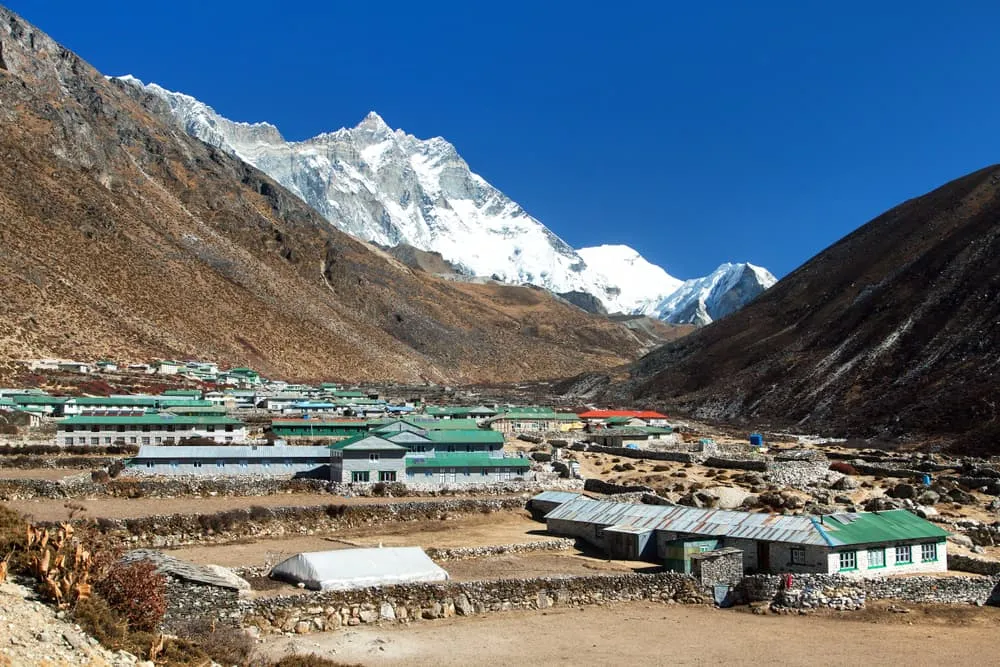
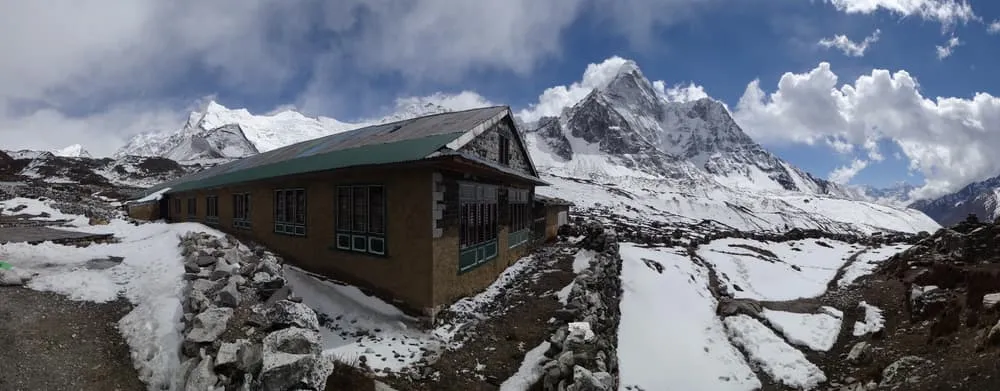
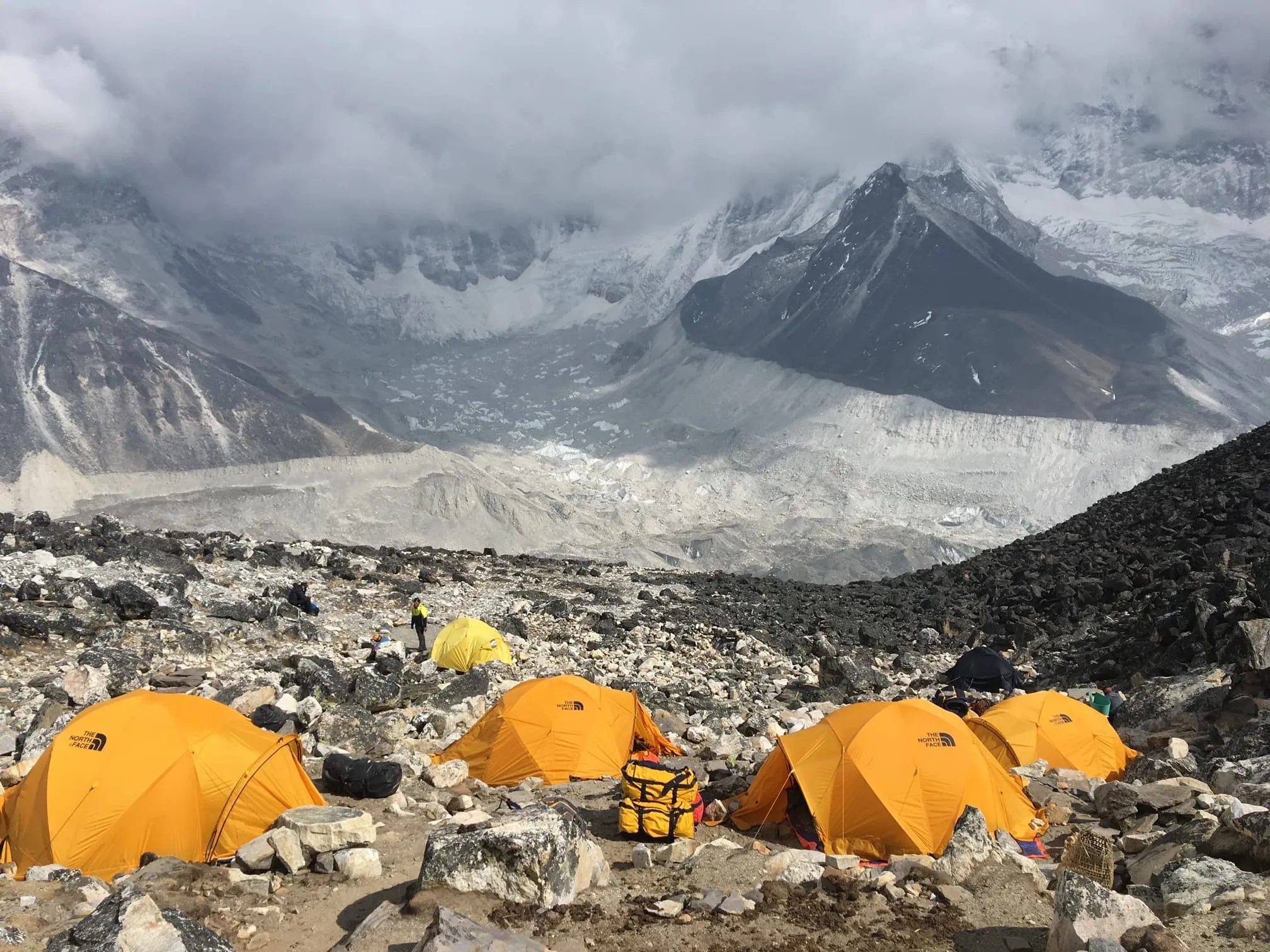
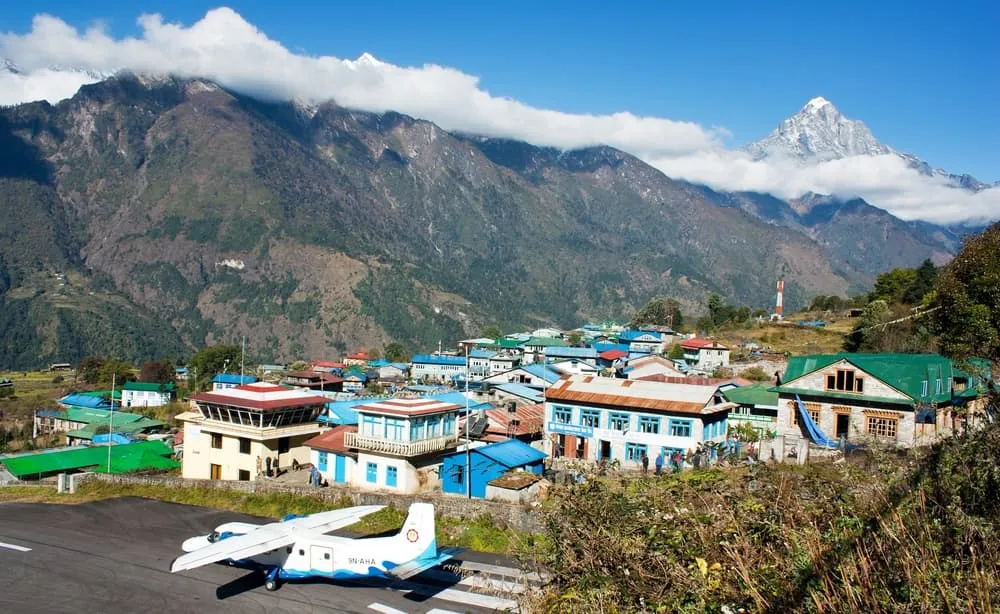

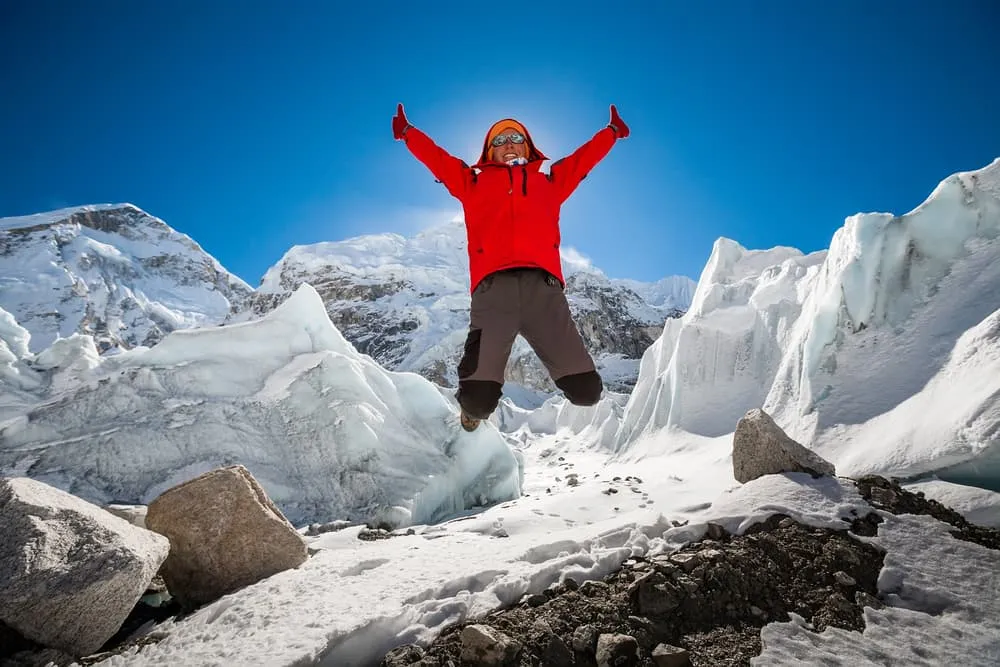


Comments